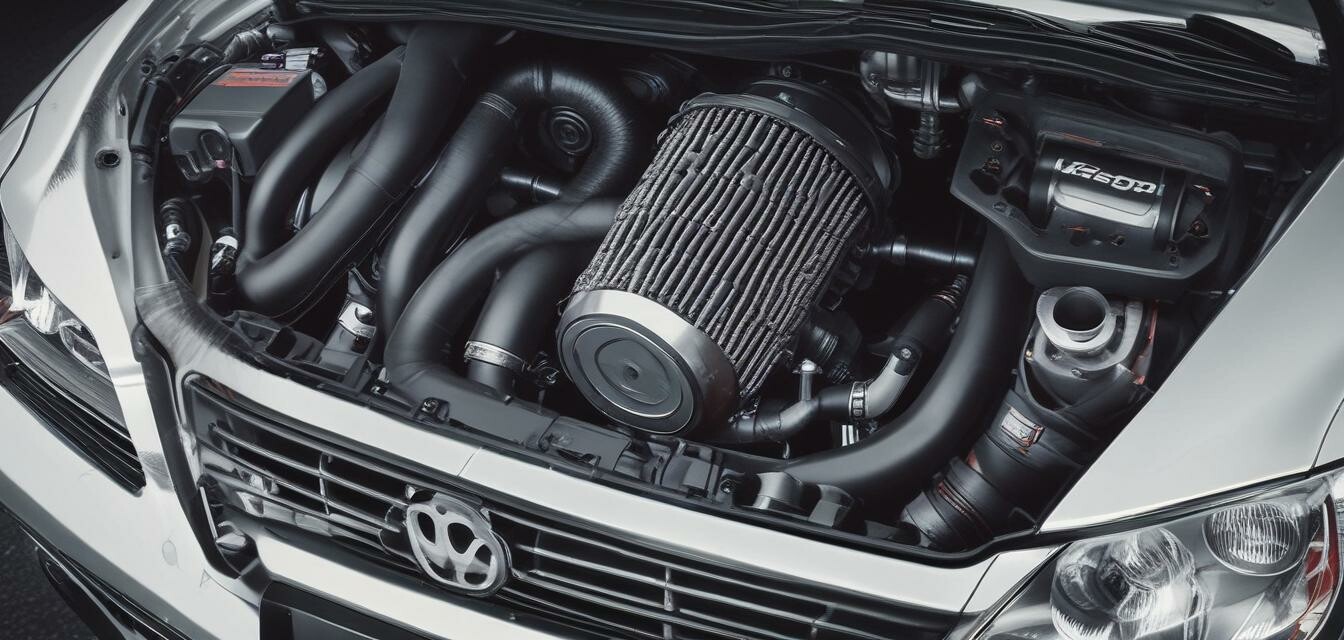
DIY Guide: Installing a Cold Air Intake on Your VW
Key Takeaways
- Improves engine efficiency and performance.
- Enhances engine sound for a sportier experience.
- Installation can be done with basic tools in a few hours.
- Following the correct steps will ensure a successful installation.
- Regular maintenance checks post-installation are advisable.
Installing a cold air intake system on your VW is a great way to enhance both performance and sound. Not only does it improve engine efficiency, but it also gives your vehicle a more aggressive tone. This step-by-step guide will walk you through the installation process, ensuring you have all the necessary information at your fingertips.
Benefits of a Cold Air Intake
Before diving into the installation process, let's look at some key benefits of upgrading to a cold air intake:
- Improved Performance: Cold air is denser than warm air, leading to better combustion and increased horsepower.
- Better Sound: You'll experience a deeper and more aggressive engine sound.
- Increased Fuel Efficiency: A properly tuned cold air intake can help improve your vehicle's miles per gallon (MPG).
Tools and Materials Needed
Before starting the installation, ensure you have the following tools and materials:
| Tools | Materials |
|---|---|
| Socket Wrench Set | Cold Air Intake Kit |
| Flathead Screwdriver | Hoses and Clamps |
| Phillips Screwdriver | Adhesive Pads |
| Rubber Gloves | Extension Tubes (if necessary) |
| Torque Wrench | Air Filter (included in the kit) |
Step-by-Step Installation Process
- Gather Tools and Materials: Ensure you have all tools and materials listed above.
- Prepare Your VW: Park your vehicle on a flat surface, ensuring the engine is cool. Disconnect the negative battery cable to prevent any electrical issues.
- Remove the Stock Intake System: Locate the stock intake system, unscrew it, and carefully take it out. Ensure to keep any screws or brackets for later use.
- Install the New Cold Air Intake: Follow the manufacturer’s instructions to install the new intake. This generally involves attaching the intake tube to the throttle body.
- Secure All Connections: Ensure that all hoses and clamps are securely fastened. Check for any loose ends.
- Connect the Air Filter: Attach the air filter to the end of the intake tube, ensuring it is snug and secure.
- Reattach the Battery Cable: Once everything is in place and secure, reconnect the negative battery cable.
- Start Your Engine: Turn on your vehicle and listen for any unusual sounds. Allow the engine to idle for a few minutes to ensure everything is functioning properly.
Common Pitfalls to Avoid
While installing a cold air intake can be straightforward, there are a few common mistakes to watch out for:
- Not properly securing clamps can lead to air leaks.
- Forgetting to disconnect the battery, which can risk electrical shorts.
- Using the wrong tools that may cause damage to components.
- Ignoring the manufacturer's instructions can lead to improper installation.
Maintenance Tips
Once your cold air intake system is installed, consider the following maintenance tips to keep it in top condition:
- Regularly check the air filter and clean or replace it as necessary.
- Inspect the intake system periodically for signs of wear or leaks.
- Ensure that all connections remain tight and secure after every few months of use.
Tips for Beginners
- Take your time: Rushing through the installation can lead to mistakes.
- Watch video tutorials: Sometimes, a visual guide can make understanding the steps easier.
- Don't hesitate to ask for help: If you're unsure about any part, consult an expert or a knowledgeable friend.
Pros
- Increased horsepower and torque.
- Enhanced engine sound.
- Easier engine breathing leading to better efficiency.
- Improvement in throttle response.
Cons
- Potential for increased engine noise inside the cabin.
- May require regular cleaning of the air filter.
- Not all intakes are CARB-compliant, check local laws.
Conclusion
Installing a cold air intake on your VW is an excellent way to enhance your vehicle's performance and sound. By following this DIY guide, you can confidently tackle the installation process yourself. Always remember to perform regular maintenance to keep your system operating at its best. For more tips on enhancing your VW, check out our Buying Guides and How-To Guides to maximize your car's potential.
